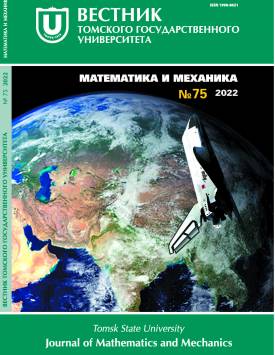Experimental mathematics and its use in number theory
The purpose of the work is to show the usefulness and features of experimental mathematics. Two number theory problems are solved using Wolfram Mathematica. The solution to the first problem has already been published. Congruencies of the form F(A(p)) ≡ εF(S) (mod p) by prime modulo p are proved, whenever A(p) is a polynomial respect p with integer coefficients. Here, F(n) is an nth Fibonacci number, ε is 1 or -1, and S is a simple expression which contains only coefficients of the polynomial A(p). The second problem examines the behavior of prime gaps. It is proved that if G is the set of all prime gaps whose length is a multiple of 6, the asymptotic density of G is ½. The first study is mentioned to compare the role of experimentation for these two tasks. In the first study, experiments were necessary - they helped, starting with known facts, to formulate chains of reliable guesses which turned out to be easy to prove. In the second study, it was not certain that the calculations being done could lead to anything. It was possible to arrive at the formulation of a theorem on the value of ½ for the limit without experimental calculations. Only a conjecture about the formulation of the theorem is required. However, the experiments additionally led to a hypothesis on how the passage to the limit is implemented for the first 80 million primes. AMS Mathematical Subject Classification: MSC 11A41, 11A07, 11B39
Keywords
Mathematica system, prime gaps, Fibonacci numbers, experimental mathematicsAuthors
| Name | Organization | |
| Zyuz’kov Valentin M. | Tomsk State University; Tomsk State University of Control Systems and Radioelectronics | vmz@math.tsu.ru |
References

Experimental mathematics and its use in number theory | Vestnik Tomskogo gosudarstvennogo universiteta. Matematika i mekhanika – Tomsk State University Journal of Mathematics and Mechanics. 2022. № 75. DOI: 10.17223/19988621/75/2
